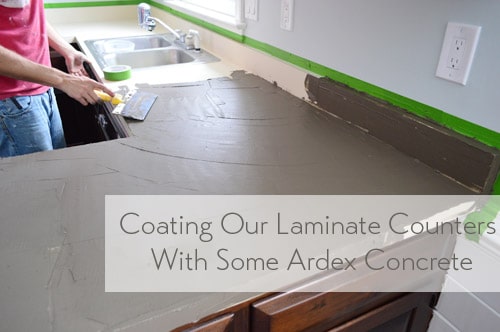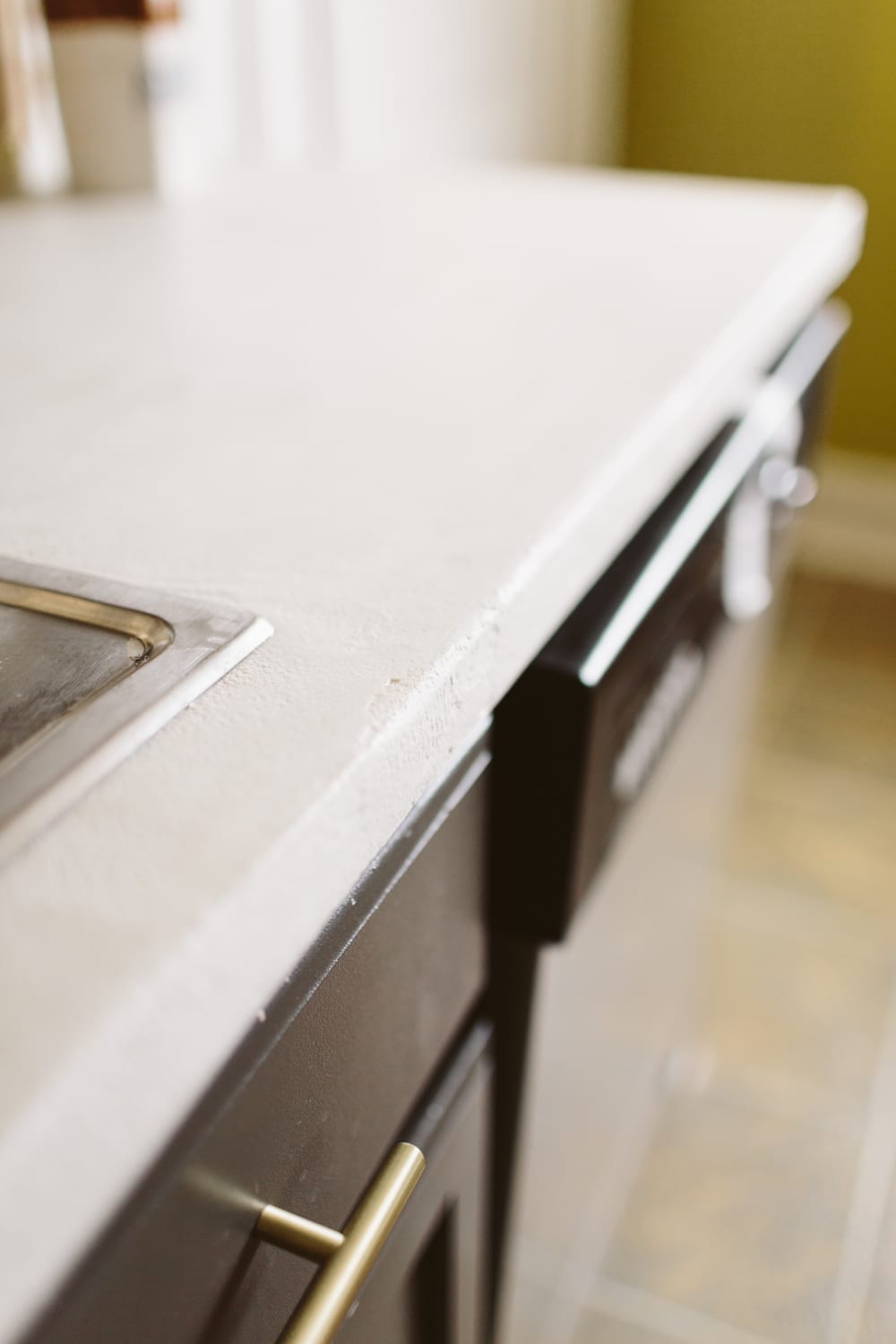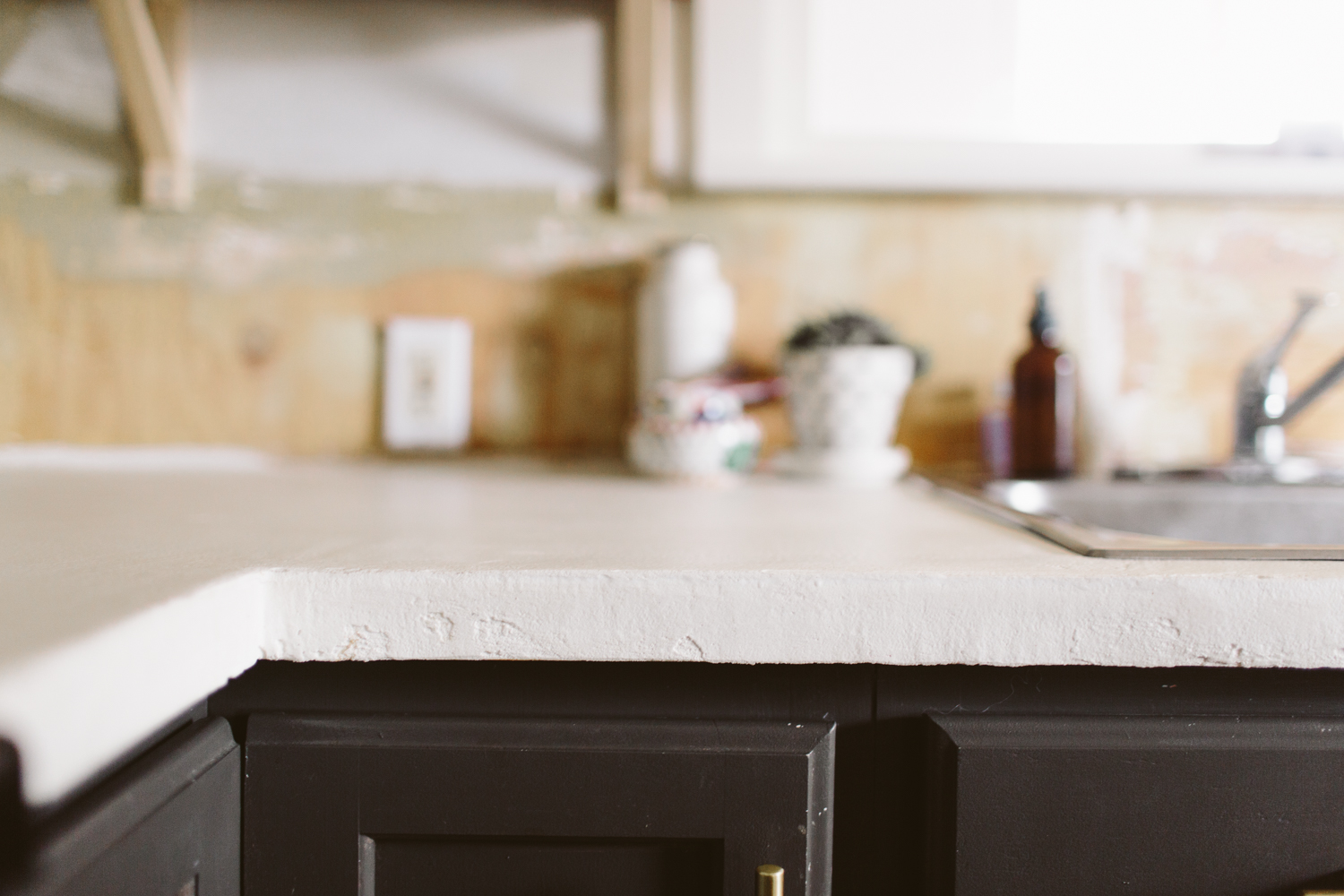Concrete countertop overlay DIY projects have become increasingly popular among homeowners looking to revamp their kitchen or bathroom surfaces without the expense and hassle of a full renovation. This technique involves applying a thin layer of concrete over an existing countertop to create a new, durable, and aesthetically pleasing surface. The process is relatively straightforward and can be completed with basic tools and materials, making it accessible even for novice DIY enthusiasts. However, it does require careful planning and attention to detail to achieve a professional-looking result.
One of the primary benefits of a concrete countertop overlay is its cost-effectiveness. Traditional concrete countertops can be quite expensive, especially when you factor in the labor costs for professional installation. By opting for an overlay, you can achieve a similar look and feel at a fraction of the price. Additionally, concrete overlays allow for a high degree of customization. You can choose from a wide range of colors, finishes, and textures to match your existing decor or create a completely new aesthetic.
Before beginning the project, properly preparing the existing countertop surface is crucial. The surface should be thoroughly cleaned to remove any dirt, grease, or debris that could interfere with the bonding process. If there are any cracks or holes, they should be filled and sanded smooth. Sometimes, you may need to apply a bonding agent to ensure that the concrete adheres properly to the existing surface. This preparation step is essential for ensuring a long-lasting and durable overlay.
Once the surface is prepped, you can begin mixing the concrete overlay material. Many pre-mixed products are available on the market, designed specifically for countertop applications. These mixes typically contain a blend of cement, polymers, and other additives that enhance the workability and strength of the finished product. Follow the manufacturer’s instructions carefully to achieve the right consistency. The mix should be smooth and easy to spread but not too runny.

When applying the concrete overlay, it is important to work quickly and efficiently. Start by pouring a small amount of the mix onto the countertop and use a trowel or putty knife to spread it evenly across the surface. Aim for a thickness of about 1/8 to 1/4 inch. You may need to apply multiple layers to achieve the desired thickness and coverage. Allow each layer to dry completely before applying the next one. This step can take several hours or even overnight, depending on the product and environmental conditions.
After the final layer is applied and has dried completely, you can begin the finishing process. This involves sanding the surface to smooth out any imperfections and create a uniform texture. You can use a hand sander or a power sander for this step. Start with a coarse-grit sandpaper and gradually move to finer grits for a polished finish. Be sure to wear a mask and goggles to protect yourself from dust during this process.
Once the surface is smooth, you can apply a sealer to protect the concrete and enhance its appearance. There are many different types of sealers available, ranging from matte to high-gloss finishes. Choose a sealer that is appropriate for the intended use of the countertop. For kitchen counters, a food-safe sealer is essential. Apply the sealer according to the manufacturer’s instructions, typically in multiple thin coats. Allow each coat to dry completely before applying the next one.
Maintenance of a concrete countertop overlay is relatively simple. Regular cleaning with a mild detergent and water will keep the surface looking its best. Avoid using harsh chemicals or abrasive cleaners, as these can damage the sealer and concrete. It’s also a good idea to reseal the countertop periodically to maintain its protective barrier and keep it looking fresh. With proper care, a concrete overlay can last for many years and provide a durable, attractive surface for your home.

Common mistakes to avoid when undertaking a concrete countertop overlay project include inadequate surface preparation, incorrect mixing of the concrete overlay material, and improper application techniques. One of the most critical aspects of this project is ensuring that the existing countertop is clean, smooth, and free of any contaminants that could affect the bonding process. Skipping this step or not doing it thoroughly can lead to poor adhesion and a short-lived overlay. Additionally, not following the manufacturer’s instructions for mixing the concrete can result in a product that is too thick, too thin, or improperly cured, all of which can compromise the integrity and appearance of the finished countertop.
Another common mistake is applying the overlay too thickly in one go. This can cause the concrete to crack or cure unevenly. It’s important to apply thin layers and allow each one to dry completely before adding the next. Patience is key to achieving a smooth, durable surface. Also, failing to sand the surface properly between layers can result in a rough, uneven finish. Taking the time to sand each layer smooth before applying the next will ensure a professional-looking result.
Selecting the wrong type of sealer can also be a costly mistake. Not all sealers are suitable for use on concrete countertops, especially in areas where food preparation will take place. It’s essential to choose a food-safe, durable sealer that will protect the concrete and withstand daily use. Applying the sealer incorrectly, such as too thickly or unevenly, can also result in a blotchy or streaky finish. Carefully follow the manufacturer’s instructions and apply multiple thin coats for the best results.
Skipping the curing process is another error that can lead to problems down the line. Concrete needs time to cure properly, and rushing this step can result in a weaker, less durable surface. Ensure that each layer of the overlay is given adequate time to cure before proceeding to the next step. Finally, neglecting regular maintenance can shorten the lifespan of your concrete countertop overlay. Regular cleaning and periodic resealing are essential for keeping the surface in good condition and protecting it from stains and damage.

How long does a concrete countertop overlay last?
A well-done concrete countertop overlay can last for many years with proper care and maintenance. The durability of the overlay largely depends on the quality of the materials used, the thoroughness of the preparation and application process, and the ongoing care and maintenance. Regular cleaning with mild soap and water, avoiding harsh chemicals, and resealing the surface periodically will help extend the lifespan of the overlay. In high-use areas, such as kitchens, it’s particularly important to ensure that the sealer remains intact to protect the concrete from stains and damage.
Can I install a concrete countertop overlay myself, or should I hire a professional?
While installing a concrete countertop overlay is a project that many DIY enthusiasts can handle, it does require careful planning, attention to detail, and some experience with similar types of projects. If you are comfortable working with concrete and have the necessary tools and time, you can likely complete the project yourself. However, if you are unsure about any aspect of the process or want to ensure a flawless finish, hiring a professional may be a good investment. Professionals have the experience and expertise to handle any challenges that may arise and can often complete the project more quickly.

What types of countertops can be overlaid with concrete?
Concrete countertop overlays can be applied to a variety of existing countertop materials, including laminate, tile, wood, and even some types of stone. The key is to ensure that the existing surface is properly prepared to ensure good adhesion. This may involve cleaning, sanding, and applying a bonding agent, depending on the material. It’s important to follow specific preparation steps for each type of surface to achieve the best results. Always consult the product manufacturer’s guidelines for the best practices.
How thick should the concrete overlay be?
The thickness of a concrete countertop overlay typically ranges from 1/8 to 1/4 inch. Applying the overlay too thickly can cause cracking and other issues, so it’s important to apply it in thin, even layers. Each layer should be allowed to dry completely before the next one is applied. This method ensures a smooth, durable finish that adheres well to the existing countertop. If you need a thicker overlay for structural reasons or to cover significant damage, it may be necessary to consult with a professional for advice on how to proceed.

What are the main challenges of a concrete countertop overlay project?
Some of the main challenges include ensuring proper surface preparation, achieving a smooth, even finish, and choosing the right products for the job. Surface preparation is crucial for ensuring good adhesion and a long-lasting overlay, but it can be time-consuming and labor-intensive. Achieving a smooth finish requires careful application and sanding between layers, which takes patience and attention to detail. Additionally, selecting the right concrete mix and sealer for your specific needs is essential for a successful project. Understanding these challenges and planning accordingly can help you achieve a professional-looking result.
How do I maintain my concrete countertop overlay?
Maintaining a concrete countertop overlay involves regular cleaning with a mild detergent and water, avoiding harsh chemicals and abrasive cleaners, and resealing the surface periodically. The frequency of resealing depends on the type of sealer used and the amount of wear and tear the countertop experiences. Generally, resealing every one to two years is sufficient for most home applications. Additionally, it’s important to clean up spills promptly to prevent staining and to use cutting boards and trivets to protect the surface from scratches and heat damage. With proper care, a concrete countertop overlay can remain beautiful and functional for many years.
DIY OVERLAY CONCRETE COUNTERTOPS u2014 Modern Builds

Refinish Your Old and Outdated Laminate Countertop DIY Direct Colors

Related articles:
- Concrete Countertop Overlay
- Black Concrete Countertops
- Marble Look Concrete Countertops
- Light Grey Concrete Countertops
- Concrete Countertop Design Ideas
- Light Colored Concrete Countertops
- Epoxy On Concrete Countertop
- Concrete Countertops Designs
- Concrete Countertops That Look Like Wood
- White Concrete Countertops
